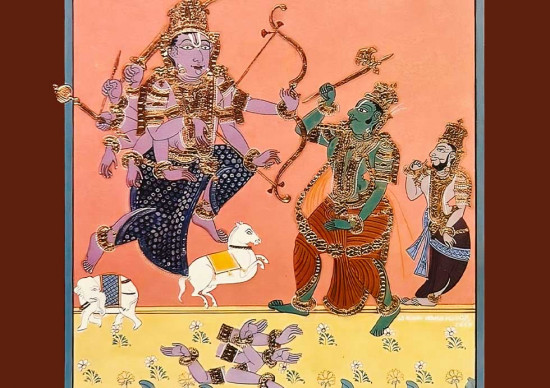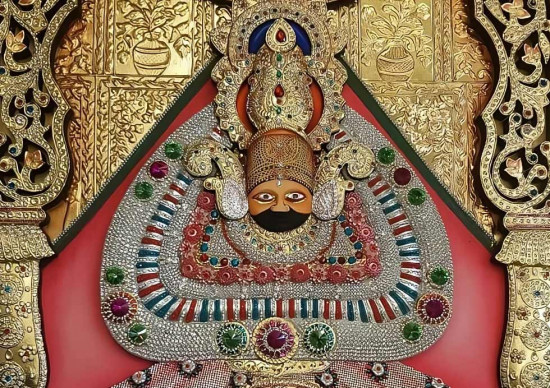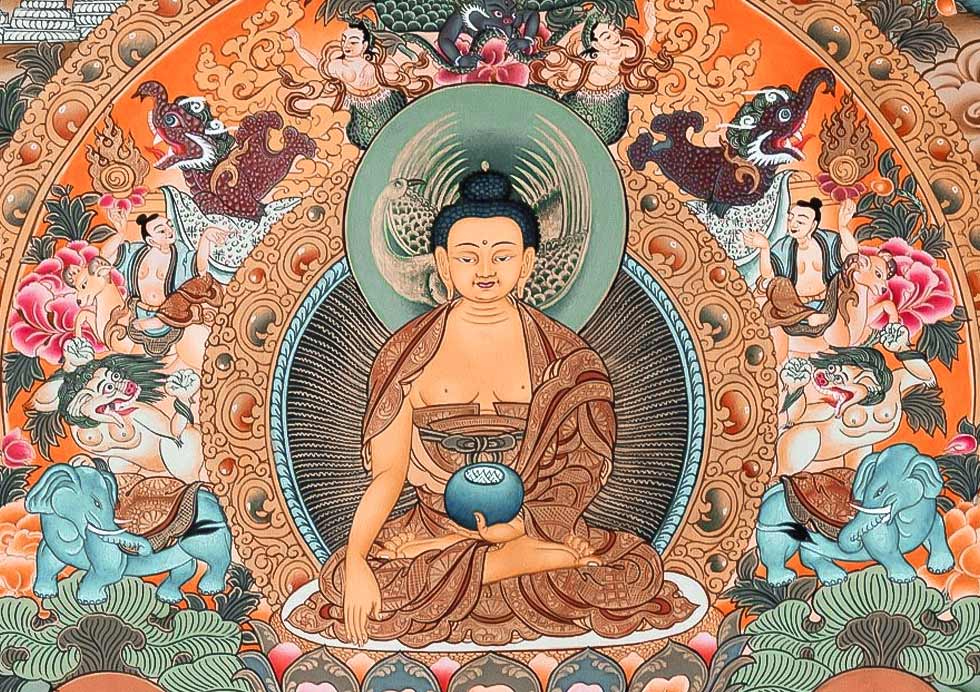
Buddhism is one of the oldest religions in the world, and its art and architecture have beautifully reshaped many cultures across Asia and globally as well. It all started in India around 500 BCE, and as Buddhism history spread all around, each region adopted it in its unique way. Now, Buddhist art and architecture and their tradition act as superb reflections of its history and beliefs, which present the journey toward wisdom. From stunning stupas to Buddhist statues, these creations bring us a wonderful peek into the rich spiritual brew of Buddhism.

The History of Buddhism
History of Buddhism starts with the life of Siddhartha Gautama, who later became known as Lord Buddha. He was born in India around 563 BCE. One day, King Siddhartha was roaming around his kingdom to understand the causes of human suffering, which ultimately made him achieve enlightenment. He was a prince from a royal family, and his kingdom is present-day Nepal. He left his luxurious life behind to understand the nature of human suffering. After achieving enlightenment in life, the title given by people was “Buddha,” meaning "The Awakened One."
His teaching techniques set the foundation for Buddhism religion, which highlight the idea of mindfulness, compassion, and the path to liberation from suffering.
As the tales of the history of Buddhism in India spread along with Asia as well, Buddhism modified many people from different cultures and their various aspects of life, including art and architecture. Over the centuries, the religion took different forms in different regions, shaping diverse styles of Buddhist art and structures.
Buddha teachings help to understand about Dharma which revolves around the Four Noble Truths and the Eightfold Path that gives us a path to liberation from the cycle of birth, death, and rebirth. His teaching lessons were initially passed down verbally, but later it was transcribed into texts by his disciples.
Over centuries, Buddhism explored beyond India, spreading their spiritual lesson across Asia that adapted to local cultures and traditions. Emperor Ashoka played a critical role in promoting Buddhist principles and constructing stupas and monasteries. This led to the establishment of distinct schools, including Theravada, Mahayana, and Vajrayana, each offering unique interpretations of the Buddha's teachings.
His teaching techniques set the foundation for Buddhism religion, which highlight the idea of mindfulness, compassion, and the path to liberation from suffering.
As the tales of the history of Buddhism in India spread along with Asia as well, Buddhism modified many people from different cultures and their various aspects of life, including art and architecture. Over the centuries, the religion took different forms in different regions, shaping diverse styles of Buddhist art and structures.
Buddha teachings help to understand about Dharma which revolves around the Four Noble Truths and the Eightfold Path that gives us a path to liberation from the cycle of birth, death, and rebirth. His teaching lessons were initially passed down verbally, but later it was transcribed into texts by his disciples.
Over centuries, Buddhism explored beyond India, spreading their spiritual lesson across Asia that adapted to local cultures and traditions. Emperor Ashoka played a critical role in promoting Buddhist principles and constructing stupas and monasteries. This led to the establishment of distinct schools, including Theravada, Mahayana, and Vajrayana, each offering unique interpretations of the Buddha's teachings.
Buddhism Beliefs on Art & Architecture
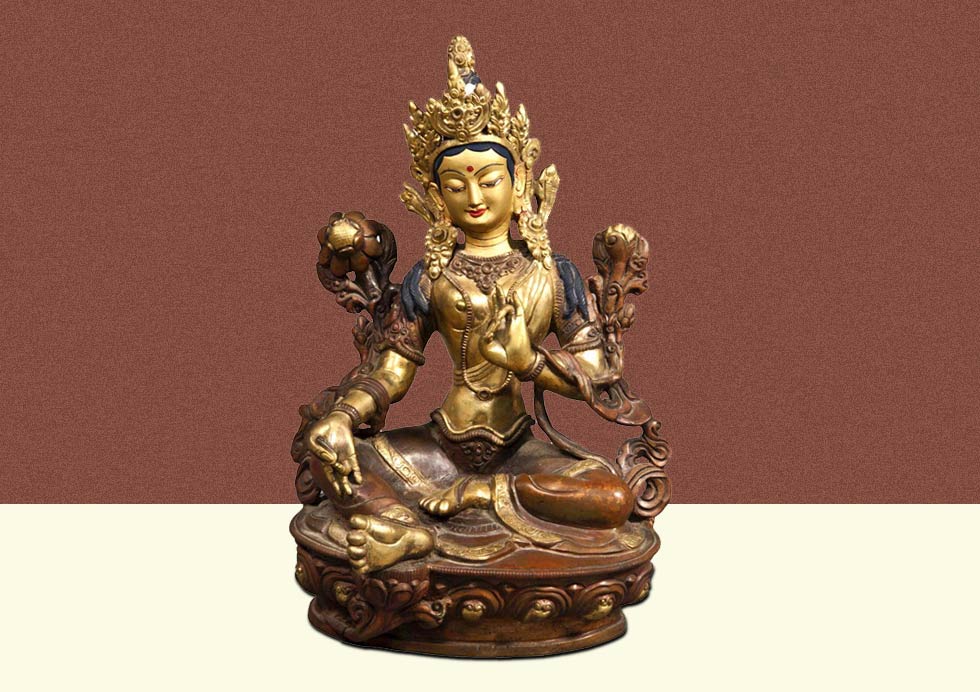
Buddhism belief is dependent upon impermanence, compassion, and mindfulness, which are deeply influenced by its art and architecture. Buddhist art often reflects these ideas through symbolic representations and serene pictures of the Buddha and other spiritual figures, such as the goddess Tara and the other deities, which means ‘one who saves,’ and shows their influence in your home as well.
On the other hand, Buddhist architecture serves as a physical manifestation of these beliefs. Structures such as stupas, monasteries, and mandalas are not only places of worship but also embody the teachings of Buddhism. For example, stupas symbolize enlightenment and the cycle of life, while monasteries serve as spaces for meditation and study.
On the other hand, Buddhist architecture serves as a physical manifestation of these beliefs. Structures such as stupas, monasteries, and mandalas are not only places of worship but also embody the teachings of Buddhism. For example, stupas symbolize enlightenment and the cycle of life, while monasteries serve as spaces for meditation and study.
Evolution of Buddhist Art & Architecture
Over centuries, Buddhist art and architecture have evolved with the spread of Buddhism to different regions. In India, early Buddhist art was closely linked to the Mauryan and Gupta periods, characterized by simple stupas and monolithic sculptures like those at Ajanta and Ellora. These sculptures depict Buddhist stories and teachings, showcasing the religious depth embedded in visual forms.
With the spread of Buddhism to other regions, local cultures influenced its artistic expression. In East Asia, Buddhist art incorporated Chinese, Korean, and Japanese elements, resulting in intricate pagodas and serene gardens. Similarly, Tibetan Buddhism evolved distinct artistic styles with vibrant thangkas, mandalas, and monasteries adorned with elaborate murals and statues.
With the spread of Buddhism to other regions, local cultures influenced its artistic expression. In East Asia, Buddhist art incorporated Chinese, Korean, and Japanese elements, resulting in intricate pagodas and serene gardens. Similarly, Tibetan Buddhism evolved distinct artistic styles with vibrant thangkas, mandalas, and monasteries adorned with elaborate murals and statues.
Iconic Examples of Buddhist Art & Architecture
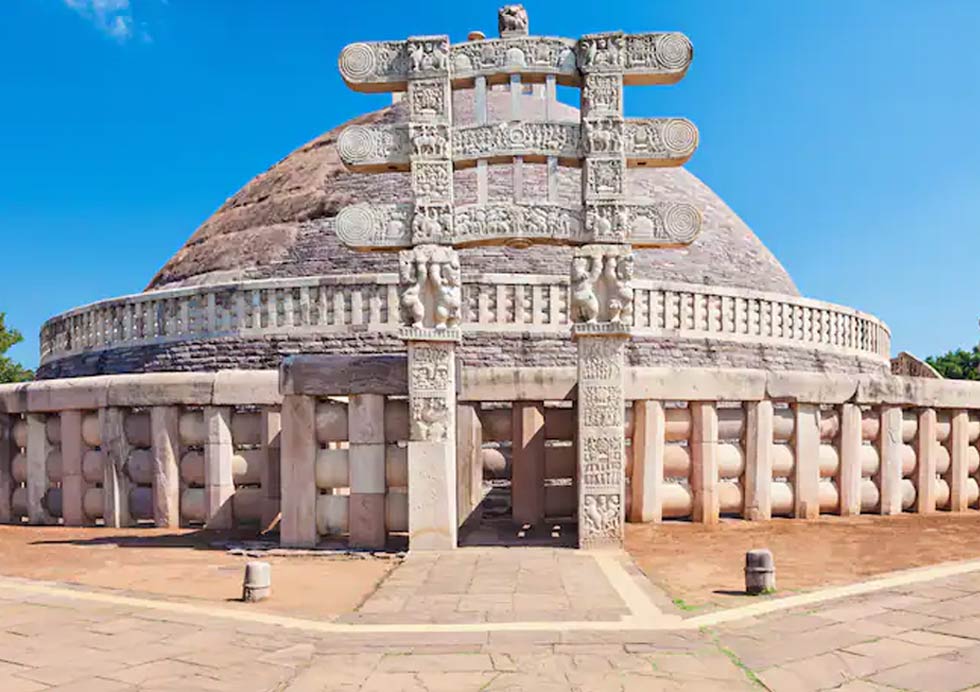
Sanchi Stupa: One of the most famous examples of early Buddhist architecture in India, Sanchi Stupa was built during the reign of Emperor Ashoka. Its hemispherical structure symbolizes the path to enlightenment.
Ajanta Caves: These rock-cut caves in Maharashtra feature intricate frescoes and sculptures that depict various Jataka tales, illustrating Buddha’s previous lives and teachings.
Temple of Borobudur: In Indonesia, Borobudur is the largest Buddhist temple in the world. Its tiered design and intricate carvings narrate the life and path of enlightenment.
Ajanta Caves: These rock-cut caves in Maharashtra feature intricate frescoes and sculptures that depict various Jataka tales, illustrating Buddha’s previous lives and teachings.
Temple of Borobudur: In Indonesia, Borobudur is the largest Buddhist temple in the world. Its tiered design and intricate carvings narrate the life and path of enlightenment.
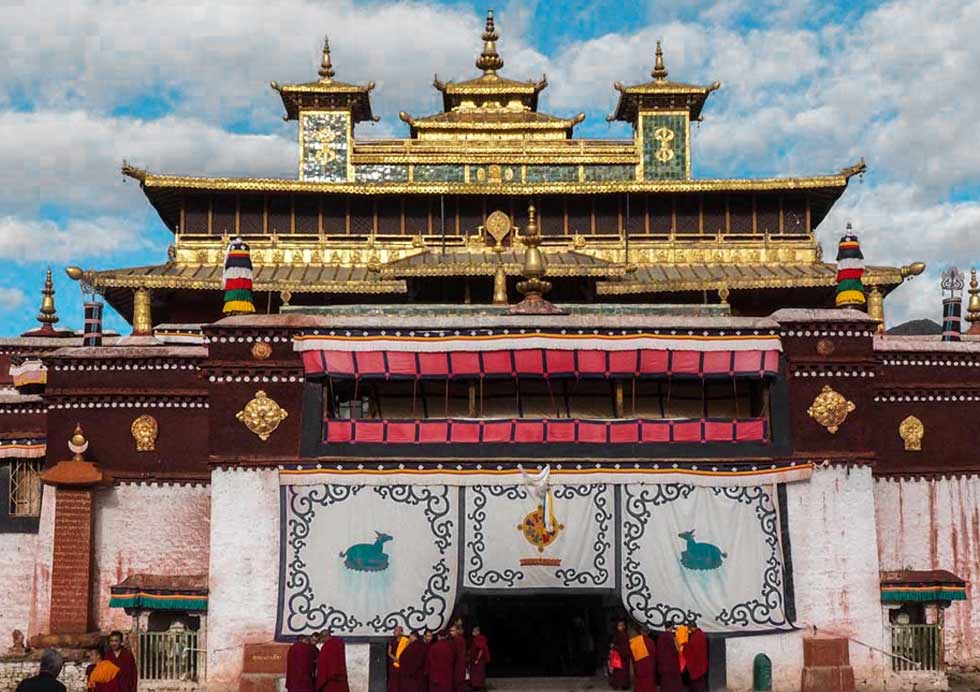
Temple of Borobudur: In Indonesia, Borobudur is the largest Buddhist temple in the world. Its tiered design and intricate carvings narrate the life and path of enlightenment.
Conclusion
Buddhist art and architecture go beyond being mere visual creations, they manifest the deep history, beliefs, and teachings of Buddhism. From the ancient stupas of India to the magnificent temples of Southeast Asia, these structures stand as timeless symbols of spirituality and cultural richness. Every tradition or culture tells stories of devotion, enlightenment, and the journey of faith. As Buddhism spreads to new regions, its artistic expressions continue to evolve, mixing traditional values with modern influences. These amazing Buddhist artworks not only link us to our history but also encourage future generations to discover and appreciate the wonderful beauty of Buddhist heritage and tradition.


